The Pu Peo in
The ceremony to move into a new house is the most important. It is held early at the first cock-crow in the morning. As is his traditional practice, the sorcerer burns incense sticks for the host’s ancestors in the old house to ask for permission to move to the new house. If the host starts to live independently away from his parents, the worship will be held in his parents’ house. They burn incense in the kitchen, the fireplace and the front gate for spirits around the old house. The sorcerer and the host each will burn a torch at the fireplace in the old house. After that the whole family go to the new house, taking along a large and flat basket of rice, a cooking pot, three rocks to make the tripod and a cock. When they reach the site, the sorcerer will enter the house first, brandishing the torch around the house to drive away ill spirits, and then throw the torch out. After that the host will use his torch to light up a fire in the thoang plu compartment near the fireplace. He digs a hole in a square shape, 20 cm deep and 50 cm wide, in the center of the house and in front of the ancestral altar, and plants three incense sticks in it. They then kill the cock to worship the kitchen God. After cutting its throat, plucking and slaughtering it, they will throw its blood, feathers and waste water into the hole. Then, an uncle (younger brother of the host’s mother or wife) will fill in the hole and place three rocks to make a tripod. He then kindles a fire. Because of this ritual, the Pu Peo call the tripod Peo Chau which means Uncle’s rock. After that, the uncle will hang a piece of red cloth in the middle of the door to drive away ill spirits, and shouts his best wishes to the family. Only after they complete these rituals in the kitchen and at the front gate, can they kindle the kitchen fire to cook food for their ancestors.
The Pu Peo worship three generations including Pe, or parents, Te Ngan, or grand-parents and Te Gao, or great grand-parents. For each generation, they put a loog ten or jar on the altar. Offerings to ancestors on the first day in the new house will be put in the jars. Very often, in each jar, they put a chicken, five small balls of cooked rice and some meat. All procedures must be fulfilled before dawn. After that, relatives and neighbours will come, each bringing a chicken, a bottle of wine or some money to wish the host good luck.
The Pu Peo use the calendar of
During Tet, they make Banh Chung (square cakes) but their cake is different from that of the Kinh majority people. They make mi uot lang (black square cake of violet sticky rice) to eat on the 29th day of the lunar year’s last month to rid themselves of all bad luck of the old year. They also make mi uot lin (white square cake of normal sticky rice) to worship their ancestors on New Year’s Eve.
Anyone who goes out after mid-night must bring home a gift for luck. The gift may be a bundle of firewood. After that, boys and girls will go to the stream, bringing along incense sticks and gold paper to fetch “gold and silver water”. By the stream, they burn incense and pray and then put the gold paper on the surface of water jars before carrying them home. This shows a belief in an agricultural society, when people pray for good weather to have sufficient water for cultivation.
During Tet, the Pu Peo do not wash dishes after eating but clean them by facial tissue. They believe that they would be hungry for the whole year if they had cleaned the dishes. Although their population remains small, the PuPeo community in Ha Giang still maintains diverse rituals and folklore. On the 6th day of the 6th lunar month, they worship the Forest God. Thanks to such rituals, they have helped protect local forests, particularly their sacred forests. The tradition of forest protection to have water for wet rice cultivation and wood for house building has been inherited from one generation to the next.
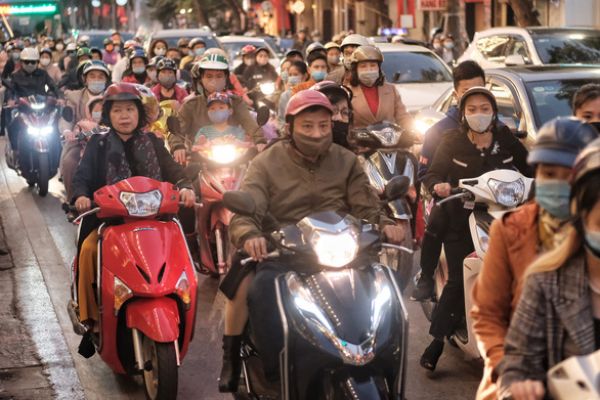
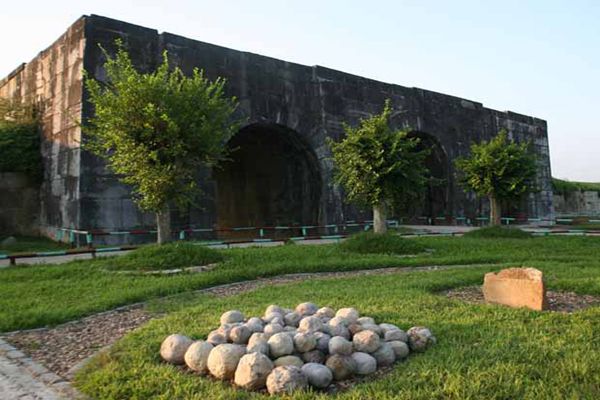

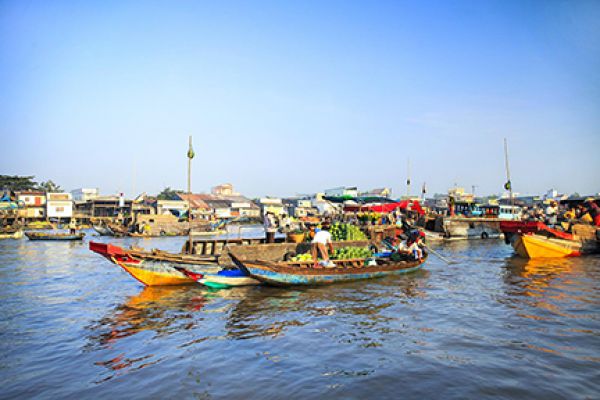



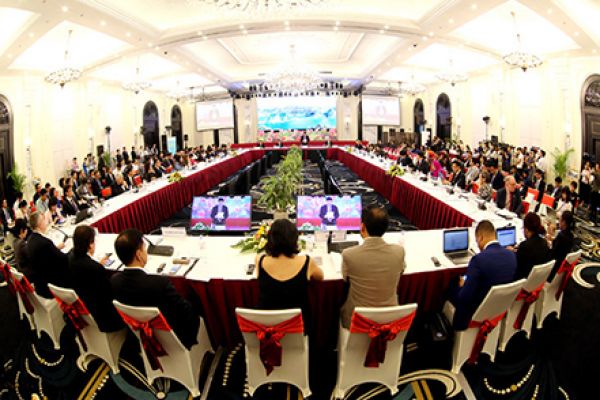

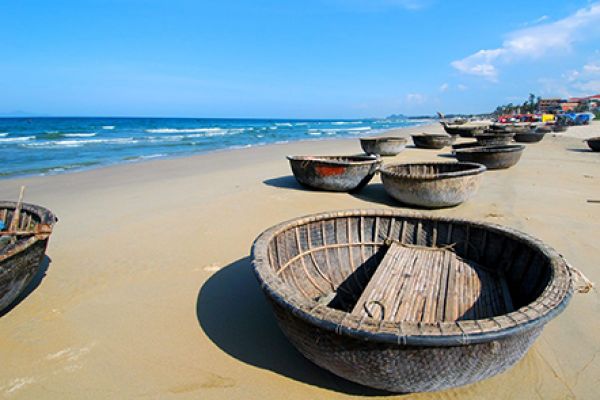
(84-63) 3 826042 – (84-63) 3 511142
No 54 Nguyen Dinh Chieu, Ham Tien Central Mui Ne Beach Binh Thuan Vietnam
523 To Hien Thanh District 10 Ho Chi Minh City Vietnam
Ha Long Halong City Quang Ninh Vietnam
A13 Hung Thong 2 Halong City Quang Ninh Vietnam




